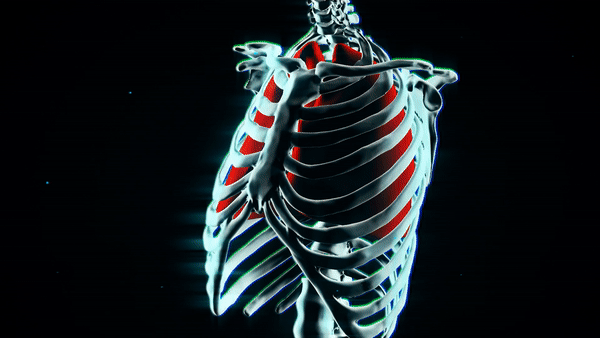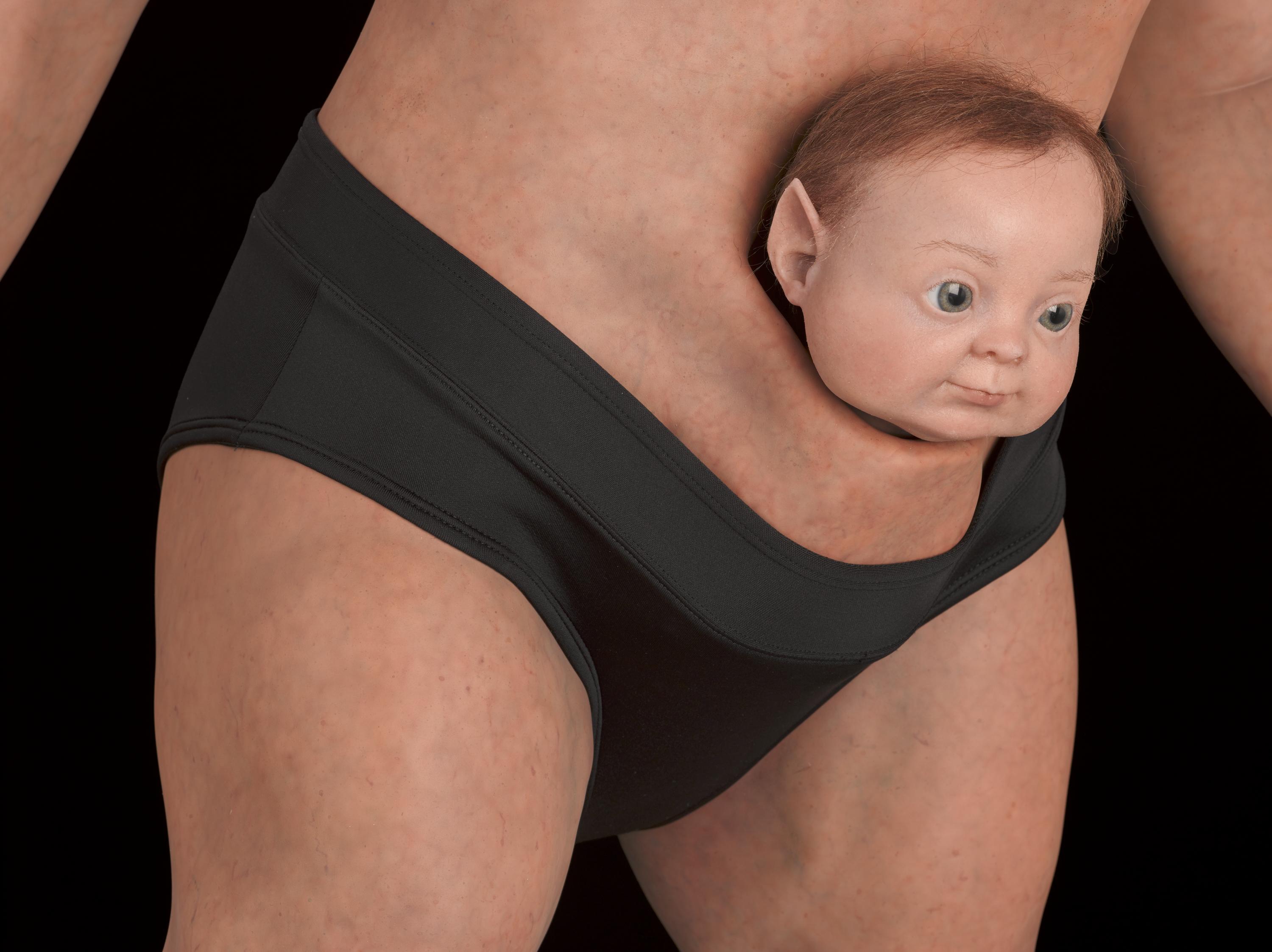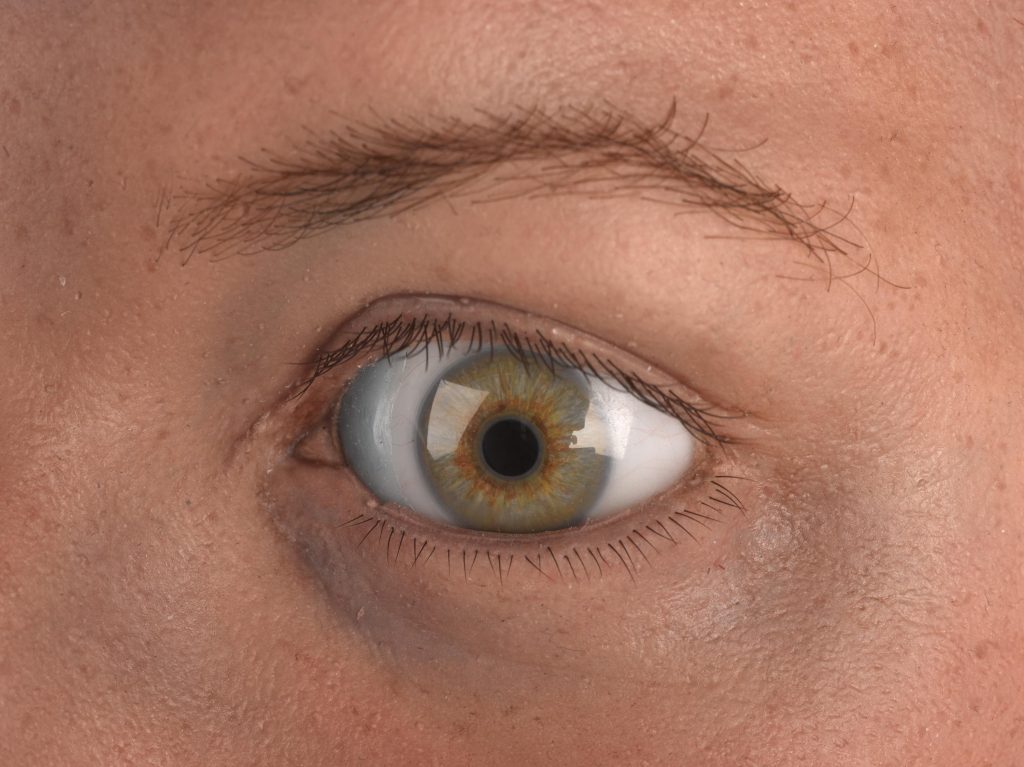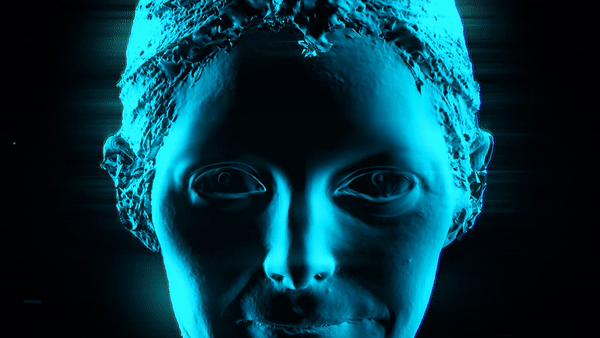[Tickets are now on sale for the Royal Institution Christmas Lecture live screening at the Science and Industry Museum in Manchester on 11 December. Join Alice along with Professor Aoife McLysaght from The Genetics Society, as they seek to answer the most fundamental of questions: Who am I? Book now]
It was perhaps one of the stranger requests I have had to deal with, made by one of the directors of the Science Museum to show that the design of the human body, though wondrous, is constrained by its history and genetic makeup, along with trade-offs, side-effects and randomness too.
‘Alice’, said Roger Highfield. ‘You’ve always gone on about how badly the human body is designed when you get down to the detail, the nitty gritty. Well, now I’m going to throw down a challenge: if it’s as bad as you say it is, if it’s so easy to see how to tweak it for the better – do it! And I want it here, in the Science Museum, in 3 months’ time.’
He was right, of course. I have often opined, in talks and in print, about what a hodge-podge of assembled parts the human body is. It’s a marvellous machine; it works well – most of the time – but there are so many incompatible constraints on the design of individual elements that some of them end up failing long before each of us shuffles off this mortal coil – and others are just plain untidy.
So I went away to ponder Roger’s challenge and started to come up with a wish-list of modifications.
I enlisted the help of anatomical artist extraordinaire Scott Eaton, together with sculptor Sangeet Probhakar. Together, we would design and build the Perfect Body.
Our creation will star in a BBC Four TV programme this week and also go on display for all to see at the Science Museum from 14 June 2018.
The starting point was me: my forty-four-year-old body, a little rough-around-the-edges and far less than perfect. I subjected myself to a scan knowing that the virtual ‘me’ would be transformed, perhaps beyond all recognition. But having discussed the wished-for modifications with Scott, I wouldn’t see the final product before it was revealed in public at the Science Museum, in all its weird glory.
These are the elements of the human body that I wanted to fix:
The retina of the eye
The way that our eyes have evolved is enshrined in their embryonic development – and the retina is ‘backwards’. The light receptors are at the back; the nerve fibre ‘wires’ take off at the front, and then have to converge on a spot where they pierce through and exit the eye – the optic disc – which creates a blind spot. Our brains fill in this blind spot so that we’re not aware of it. But how about we wire up the eye sensibly and avoid the blind spot in the first place. Octopi do just that – so let’s steal their anatomy for the eye. To improve eyesight further, we could also make the eyeballs themselves just a little bit larger.
Ears
We lose high frequency hearing as we age. The tiny hair cells in our inner ears don’t regenerate. To tackle this, we could either opt for regenerating hair cells – or we could look at amplifying the sound coming into the ears in the first place. And I think large, feline ears would look amazing.
Airway
There’s an obvious design flaw here, as the airway and the passage for food share a short but important section of pipeline in the head and neck. The nasal cavity opens into the pharynx, which, lower down, communicates with the back of the oral cavity. Then the ways divide, with air passing forwards into the larynx and thence to the lungs, and food passing backwards, down into the oesophagus. At least – that’s what meant to happen, but the usual set-up allows food to go down the wrong way – towards the windpipe, while air can get swallowed. How ridiculous. Let’s separate the airway completely from the passageway for food and avoid choking.
Recurrent laryngeal nerve
This is a supreme example of untidiness, and it comes down to the way that the body evolved and how it is built as an embryo – with no foresight. Nerves grow out to the muscles of the developing larynx early on in development, when the heart and its vessels are still up in the neck region. When the heart later descends into the chest, dragging its arteries with it, the nerves that supply the larynx are trapped under a pair of arteries and get dragged down. The pattern we end up with is a nerve that arises high up in the neck level with the larynx, runs right down into the chest, before looping under an artery then running back (recurring) to the voicebox. It should be simple to tidy this one up.

Lungs
The flow of air through our lungs is bidirectional – air goes in and comes out the same way. Birds have a different set-up which involves air being drawn into accessory air sacs in the abdomen and chest, which then contract to keep air flowing through the passageways of the lungs in one direction. This makes gas exchange – absorbing oxygen into the blood and getting rid of carbon dioxide – more efficient. So I’d like to steal this secret for the new ‘me’.
Heart
We each possess a pair of coronary arteries supplying our heart muscle with oxygenated blood – but any links between these arteries are so small as to be practically non-existent. If one coronary artery becomes blocked, then an area of heart muscles becomes fatally deprived of oxygen and dies – this is precisely what happens in a myocardial infarction or heart attack. Other animals, including dogs and guinea pigs, have plenty of links between the arteries, so that areas of heart muscle are supplied by both vessels. If there’s a blockage in one, the other artery can take over. This seems like a great idea – and something other mammals already possess, so I’m adopting it too.

Spine
Our long, flexible lumbar spines are great in many ways – they help us to run efficiently, for instance – but they have their drawbacks. The lumbar vertebrae are under great strain and, as we age, the ligaments that hold the pulpy centres of the intervertebral discs in place dry out. The pulp can be pushed out – and the herniated disc can press on nerves and cause back pain and sciatica. As a sufferer of a slipped disc, I’d like to opt for a ‘chimpanzee fix’ here – reducing the lumbar spine from five to four vertebrae, and building up the iliac wings of the pelvis to stabilise the spine even more. I’m sacrificing my waist here, but I think the biomechanical advantages are worth it.
Childbirth
When I asked what people would change about their bodies on Twitter, this was an extremely popular response! Our large-headed babies can make childbirth tricky for some. But what if we’d evolved from marsupials – from animals who give birth to their young very early, and then keep them in a pouch until they’re ready to be independent of the mother? I think this is a great idea, but I’m slightly nervous about what it will look like.

Legs
Our ape legs make us great generalists – we can walk, run and climb. But when you try to do too many things at once, you can end up with problems. The human knee is complex and prone to failure in a variety of ways; there’s a lot of muscle mass low down in the legs which makes moving them fairly inefficient. If we focused on one thing, we could streamline the design. I’ve taken my inspiration from ostriches – which are bipedal, like us, but extremely good at running. Muscles move closer to the centre of the body, leaving the feet light and easy to move. Large tendons provide shock absorption.

Skin
Pale skin is prone to sunburn – which increases the risk of developing skin cancer. I could have opted for dark skin, but pale skin may allow more efficient vitamin D production in conditions of low sunlight. If I had skin which could change instantly between pale and dark, at will, I could ensure that I’m making enough vitamin D in the British winter, while switching skin colour in summertime, or if I travel to tropical countries. Some cephalopods can achieve this trick with skin pigment, so I’m borrowing their trick.

See the sculpture on display in the Science Museum’s Who Am I? gallery.
Tickets are now on sale for the Royal Institution Christmas Lecture live screening at the Science and Industry Museum in Manchester on 11 December. Join Alice along with Professor Aoife McLysaght from The Genetics Society, as they seek to answer the most fundamental of questions: Who am I?
£5 adults, £3 children. Book now


